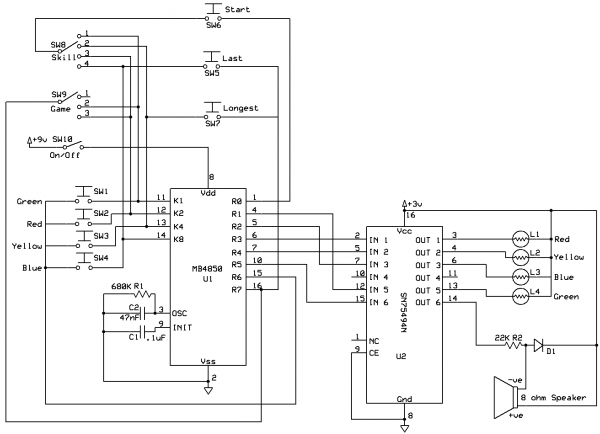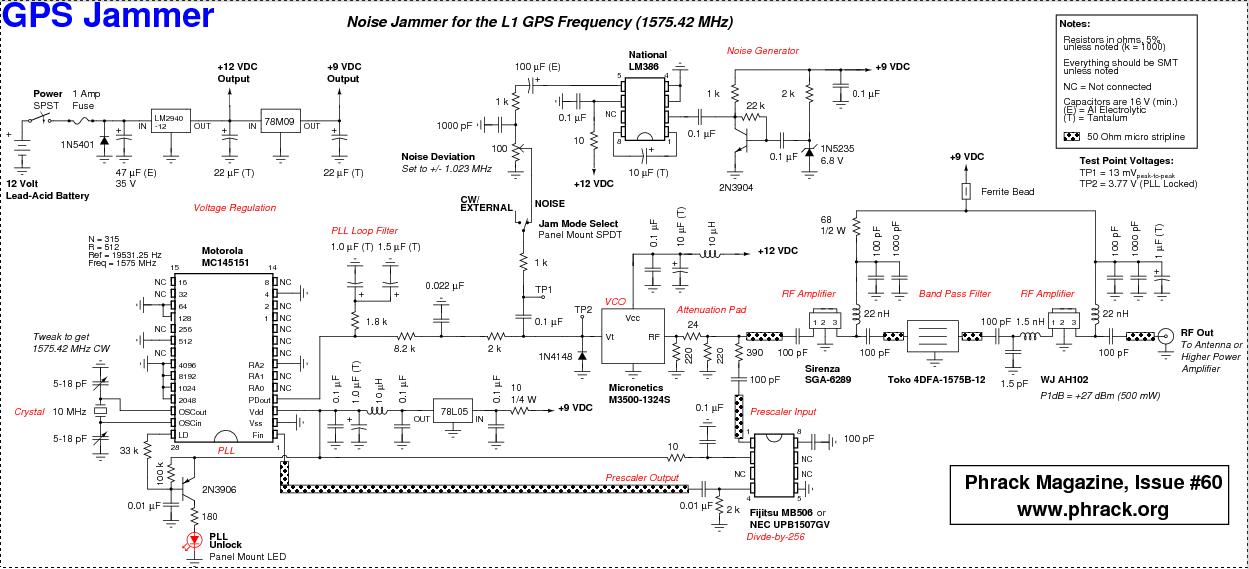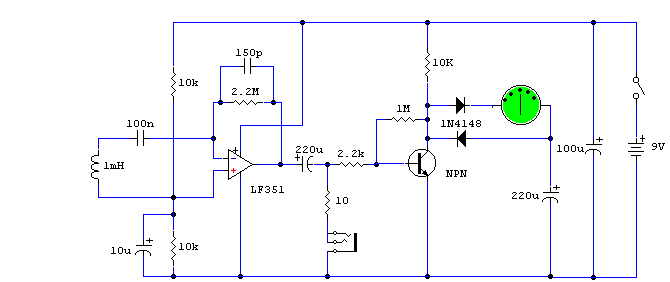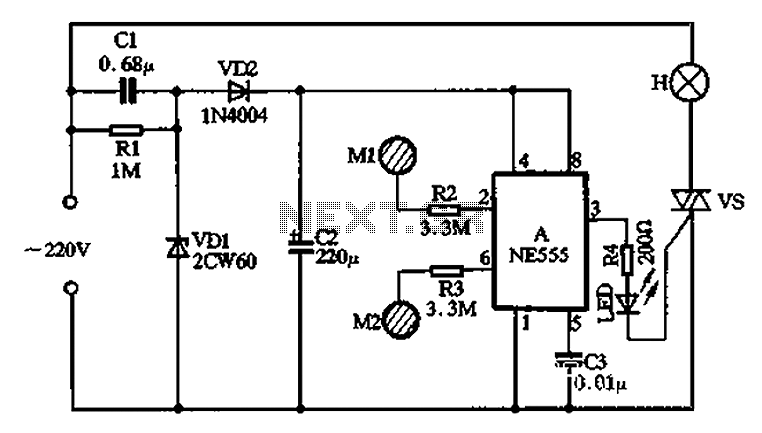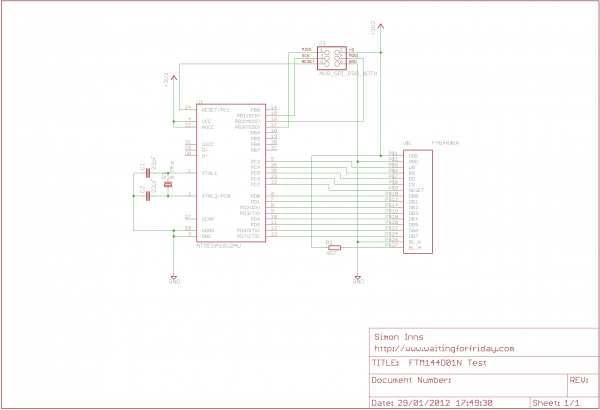
backwards geocaching make reverse geocache box 0137749
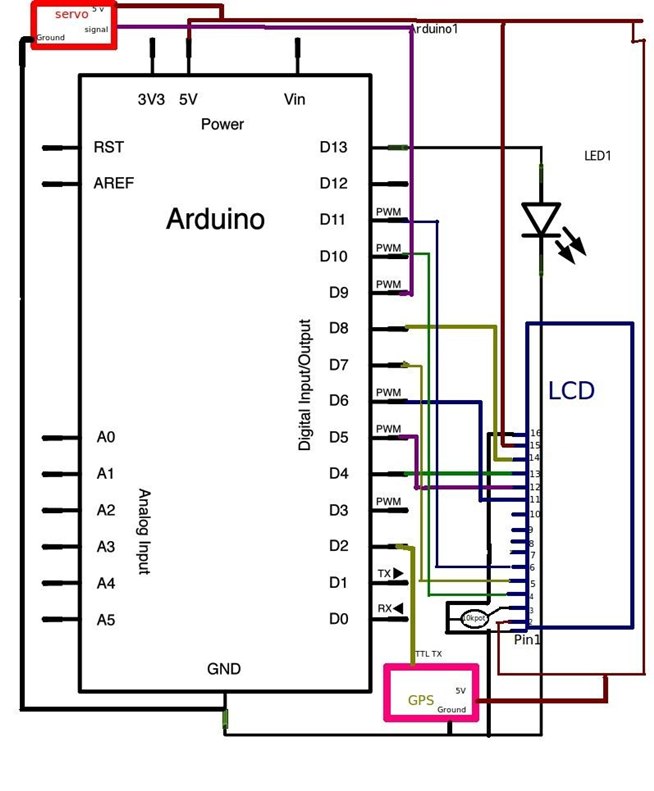
If you have never heard of geocaching, it is a type of treasure hunt played worldwide. GPS coordinates serve as clues, and players must locate a cache box. Typically, there is a logbook for recording names and a small toy or gift to collect. The clever hiding spots and unique locations contribute to the secretive detective or bounty hunter experience during a geocaching quest. However, instead of following GPS coordinates, what if distance prompts were used, such as "you are 4 miles from the target"? This could lead to an exciting chase throughout the town. Today, a new project will be introduced.
In this project, a geocaching-inspired electronic circuit will be designed to guide users towards a target location using distance prompts instead of GPS coordinates. The circuit will utilize a microcontroller, such as an Arduino or Raspberry Pi, to process input data from distance sensors. These sensors could include ultrasonic or infrared sensors, which measure the distance to the target.
The microcontroller will be programmed to calculate the distance from the user's current location to the target location. As the user moves closer or farther away from the target, the circuit will provide real-time audio or visual feedback. For instance, an LCD display could show messages like "You are 4 miles from the target," while a speaker could emit sound cues to indicate proximity.
Power supply considerations will include using a battery pack that can be easily recharged or replaced, ensuring the device remains portable. The circuit layout will incorporate necessary components such as resistors, capacitors, and voltage regulators to stabilize the system. Additionally, a user-friendly interface will be designed for ease of operation, allowing players to input the target coordinates or select from pre-programmed locations.
This innovative approach to geocaching not only enhances the experience but also introduces an engaging way to explore various locations while relying on distance prompts rather than traditional GPS navigation. The resulting device will serve as an exciting tool for both novice and experienced geocachers, encouraging exploration and adventure in a modern twist on a classic activity.If you`ve never heard of geocaching, it`s kind of a grown-up treasure hunt you play everywhere in the world. GPS coordinates are given as clues and the players must find the cache box. There is usually a log book to write your name and a small toy or present to collect. The locations and clever hiding tricks are what give geocaching that secret detective/bounty hunter feel when on a geocache quest.
But what if instead of following the coordinates, we just followed distance prompts like ""you are 4 miles from the target"". We`d be on a crazy chase all over town! Today, we`ll build a nifty.. 🔗 External reference
In this project, a geocaching-inspired electronic circuit will be designed to guide users towards a target location using distance prompts instead of GPS coordinates. The circuit will utilize a microcontroller, such as an Arduino or Raspberry Pi, to process input data from distance sensors. These sensors could include ultrasonic or infrared sensors, which measure the distance to the target.
The microcontroller will be programmed to calculate the distance from the user's current location to the target location. As the user moves closer or farther away from the target, the circuit will provide real-time audio or visual feedback. For instance, an LCD display could show messages like "You are 4 miles from the target," while a speaker could emit sound cues to indicate proximity.
Power supply considerations will include using a battery pack that can be easily recharged or replaced, ensuring the device remains portable. The circuit layout will incorporate necessary components such as resistors, capacitors, and voltage regulators to stabilize the system. Additionally, a user-friendly interface will be designed for ease of operation, allowing players to input the target coordinates or select from pre-programmed locations.
This innovative approach to geocaching not only enhances the experience but also introduces an engaging way to explore various locations while relying on distance prompts rather than traditional GPS navigation. The resulting device will serve as an exciting tool for both novice and experienced geocachers, encouraging exploration and adventure in a modern twist on a classic activity.If you`ve never heard of geocaching, it`s kind of a grown-up treasure hunt you play everywhere in the world. GPS coordinates are given as clues and the players must find the cache box. There is usually a log book to write your name and a small toy or present to collect. The locations and clever hiding tricks are what give geocaching that secret detective/bounty hunter feel when on a geocache quest.
But what if instead of following the coordinates, we just followed distance prompts like ""you are 4 miles from the target"". We`d be on a crazy chase all over town! Today, we`ll build a nifty.. 🔗 External reference
